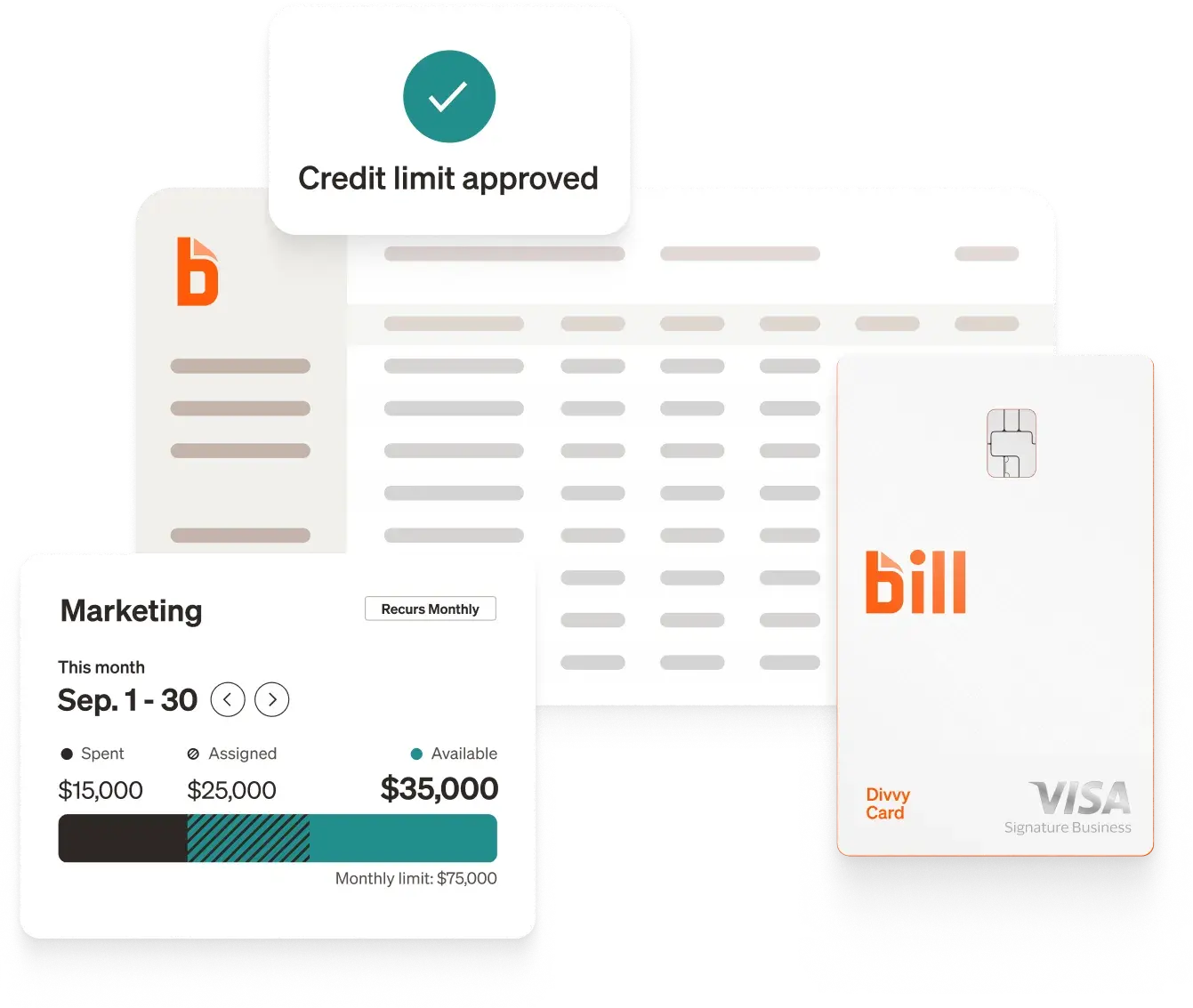While many family offices invest millions in financial assets, they often underinvest in the technology that could dramatically improve their performance and client satisfaction.
Here's how to use family office technology to your—and your clients'—best advantage.
What is family office technology?
Family office technology is designed to help small finance teams manage substantial family wealth across multiple entities and generations. That's true for both single-family offices and multi-family offices.
These modern platforms have evolved far beyond basic accounting software, offering sophisticated automation that can handle everything from multi-entity bill payment to consolidated expense management and reporting.
Family office technology in wealth management
Today's family offices manage dozens or even hundreds of separate entities across a vast private equity portfolio, each with its own accounts, approval workflows, and reporting requirements. Despite this complexity, the financial team is often limited to a small, handpicked group that oversees a tremendous array of responsibilities and portfolio data.
Family office technology addresses this operational complexity by automating routine task management, maintaining clear audit trails, and providing real-time visibility across all entities for their family office clients. These solutions can handle expense and asset allocation across multiple entities while maintaining the separation required for portfolio management compliance and the internal controls required for security—as well as robust client reporting.
Benefits of leveraging technology for family offices
The implementation of family office software can transform the way family offices operate, replacing manual processes and security risks with automated workflows and robust controls. These solutions deliver immediate operational improvements while providing the strategic capabilities needed to manage significant wealth.
Enhanced operational efficiency
Modern family office technology adoption can eliminate countless hours of manual work for today's wealth managers through intelligent automation. Instead of maintaining multiple check stocks, manually tracking emailed invoices and receipts, or reconciling countless credit card statements, family offices can consolidate all their financial operations in one secure system.
This automation can reduce the time spent on routine tasks by 50% or more, allowing asset managers to focus on strategic planning initiatives and active risk management rather than administrative drudgery.
Improved control and visibility
Advanced automation provides family offices with unprecedented control over their financial operations. Rather than relying on manual tracking and "sheer willpower," these platforms offer automated workflows and data aggregation that ensure proper approvals, maintain detailed audit trails, and provide real-time visibility into every transaction.
This enhanced control helps prevent errors and fraud while making it easy to track the status of any payment or expense.
Simplified multi-entity management
Modern platforms excel at managing multiple entities efficiently. Instead of juggling separate systems and accounts for each entity, family offices can manage all their operations through a single platform.
These emerging technologies automatically route transactions to the correct entities, maintain proper segregation, and provide consolidated reporting across the entire family office structure.
Stronger security and compliance
Today's family office technology reduces or eliminates security risks like pre-printed check stock while providing robust controls over all inflows and outflows.
These systems include advanced encryption, multi-factor authentication, and detailed audit trails that help maintain security while simplifying regulatory compliance across complex investment portfolios. They also help track and document compliance requirements across multiple jurisdictions and entities.
Seamless integration
Family office tech platforms sync directly with accounting systems and other financial tools, forming a highly integrated tech stack that eliminates the need for manual data entry and reconciliation.
This integration keeps financial data synchronized and up to date across all systems while providing real-time visibility into financial status across all entities and accounts.

Key features to look for in family office technology
The features included below specifically address the challenges of family offices, providing the flexibility required to adapt to specific needs as well as changing requirements over time.
Multi-entity management
Look for systems that can automatically route transactions to the correct entities while providing consolidated visibility across the entire family office structure. Specific features include the ability to handle approval workflows, budgets, and reporting requirements for each entity while maintaining proper segregation.
Automated AP workflows
Sophisticated accounts payable automation can handle complex approval workflows while maintaining proper controls. The system should automatically route invoices for approval, track payment status, and maintain detailed audit trails. It should also support multiple payment methods while eliminating security risks like pre-printed checks.
Integrated expense management
The platform should provide comprehensive expense management capabilities, including the ability to issue and control payment cards for multiple entities. Look for systems that can automatically capture receipts, enforce spending policies, and properly allocate expenses across entities while maintaining clear audit trails.
Comprehensive reporting
A robust reporting system should provide detailed transaction-level data as well as consolidated views across all entities. The platform should offer customizable reports that present complex financial data clearly while maintaining proper segregation between entities. These reports should be detailed enough for professional analysis and clear enough for family members to understand.
Document management
Secure document management should be built into the system to maintain proper records and ensure easy access to important information. The platform should automatically capture and organize documents like invoices and receipts while maintaining strict security protocols. Features should include permission-based access and detailed audit trails.
Security and control
The platform must provide robust security features and controls to protect sensitive financial information. Look for systems that offer advanced encryption, multi-factor authentication, and detailed activity tracking. The platform should also provide granular permission controls to ensure proper segregation of duties.
Integration capabilities
The technology solution should integrate seamlessly with your accounting software and other financial systems. These integrations maintain data accuracy while eliminating the need for manual data entry or reconciliation. Look for platforms with proven integrations with major accounting systems and financial institutions.

How to choose the right family office technology provider
Selecting a technology partner is a strategic decision that will impact your family office's operations for years to come. The right provider should demonstrate a deep understanding of multi-entity management while providing the ongoing support needed to ensure successful implementation.
Current needs assessment
Start by evaluating your current operations to identify manual processes, security risks, and efficiency bottlenecks. Document specific challenges in your current processes, from tracking emailed invoices to managing multiple credit card programs. Consider immediate operational challenges as well as strategic capabilities that could enhance your office's performance.
Long-term scalability evaluation
Your chosen technology solution must be able to grow and adapt alongside your family office. Consider how the platform will accommodate additional entities, new approval workflows, or changing reporting requirements. The solution should offer the flexibility to grow with you as your needs evolve without requiring a complete system overhaul.
Considerations for evaluating providers
Look for vendors with a proven track record of serving family offices similar to yours in complexity and scale. Consider their financial stability, client retention rates, and commitment to ongoing platform development. Evaluate their implementation methodology and support services to ensure they align with your office's needs.
Questions to ask during the selection process
When interviewing potential providers, focus on questions that reveal both technical capabilities and business alignment. Ask about their experience with multi-entity management, their approach to security and controls, and their implementation process. Request detailed information about their support services and integration capabilities. Seek references from current clients, particularly those managing similar numbers of entities.
AP automation as the future of family office technology
Modern family offices require sophisticated solutions for managing payments across multiple entities. BILL's AP automation platform addresses these challenges, streamlining payment processes while maintaining robust security and control. The system handles multiple entities effortlessly, enforces approval hierarchies, and provides detailed audit trails for every transaction.
With BILL, family offices can automate routine tasks while maintaining complete visibility and control over their expenditures. The platform's advanced security features and integrations make it ideal for family offices that want to modernize their payment operations while ensuring compliance and efficiency.








